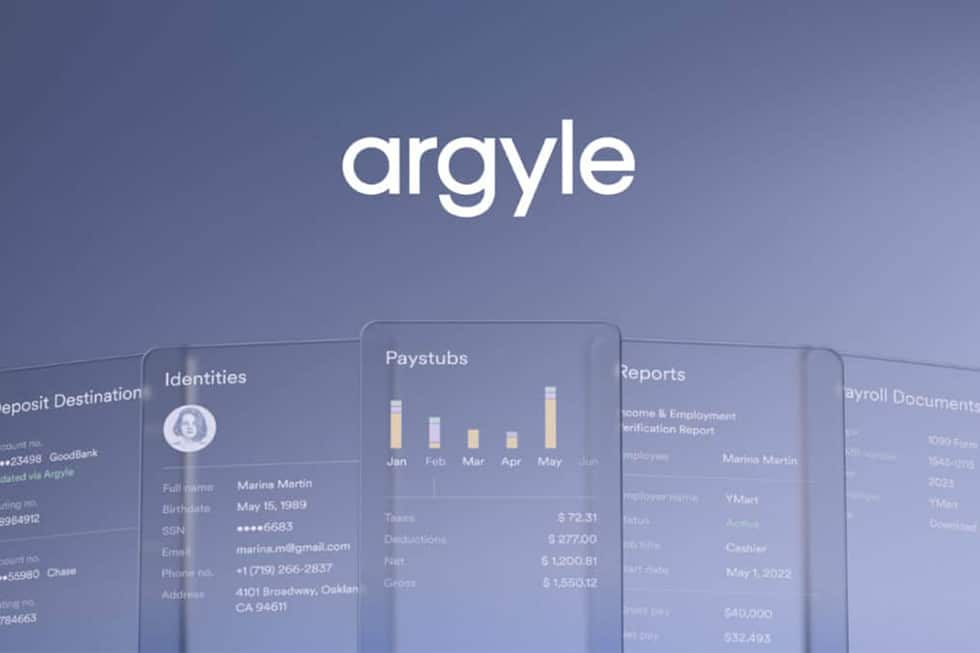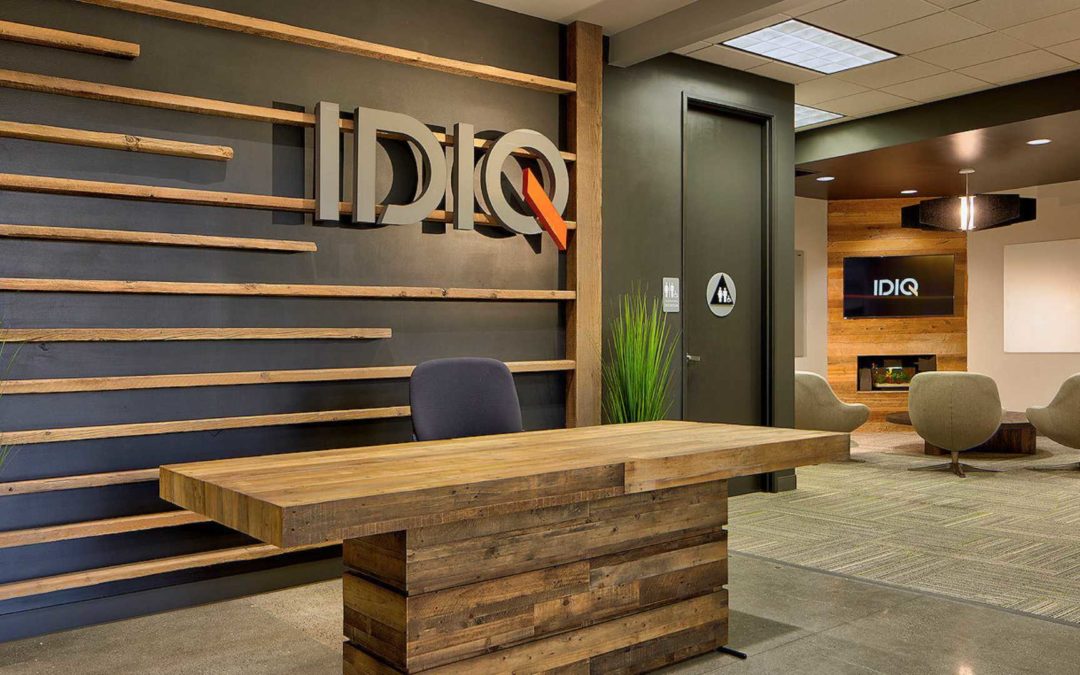This summer, we experienced first-hand a demonstration of what inclusion in the sports world looks like through the Tokyo Olympics 2021. The global event introduced new sports like skateboarding to the masses, and reintroduced events like softball and karate into the list of competitions. Given its massive platform, the Olympics draws awareness of these lesser-known sports and athletes to fans.
Observing the banking, fintech and financial industries, there are similarities between the Olympics and the ongoing transformation of these verticals. Emerging technologies that prioritize customer journeys, experiences, and inclusivity are like the new sports and athletes at the Olympic Games, while incumbent banks and financial institutions are like the tried-and-true Olympic events everyone tunes into. Together, fintechs and financial institutions can reach more consumers of diverse communities, interests, and needs with easy-to-use, accessible financial resources.
All About the Customer: The Digital Age
Traditionally, the banking and financial industries have interacted with customers face-to-face in physical branches. While many still enjoy doing business at a brick-and-mortar location, digitally-savvy Millennials are twice as likely as older investors to consider using financial resources like a robo-advisor. Younger generations are more exposed to technology, and according to data, approximately 46% of Millennials prefer to learn about finances online compared to 25% who prefer in-person interactions with financial experts.
Despite existing technology and financial resources, there are still some demographics that struggle to access these tools and improve their financial well-being. A Pew Research report found that only 23% of lower income households have emergency funds that can cover three months’ worth of expenses. For those without emergency funds, 28% confirmed they would be able to cover basic expenses by borrowing money, using savings, or selling assets.
This demonstrates an opportunity for fintechs, banks and lenders to create tools and resources for those that may not have access to traditional banking and financial services. It’s also a good reason for incumbents to partner with fintech startups to accelerate initiatives that offer more support to the underserved and underbanked. Banks and finance companies can save money, resources, and time by leveraging non-financial companies and their infrastructures to offer their financial tools.
Embedded finance – the merging of a non-financial service provider, with a financial service, such as payment processing, lending, or insurance, is making it possible to marry fintechs and banks and offer struggling people and communities what they need when they need it most. The pandemic was a harsh reality for some communities who faced greater hardships due to the crisis. Consumers that relied on traditional in-person banking services had to revert to other methods during the early phases of the pandemic like using contactless wallets, peer-to-peer payment systems, and online banking to meet immediate needs. All this requires access to a smartphone, internet, and service provider.
Small business owners also faced plenty of struggles. Those who lacked access to capital had a hard time pivoting during mandatory shutdowns, and banks were overwhelmed with PPP Loan processing. Without quick access to lending services, loans, or capital, small businesses had no choice but to cut labor costs, layoff employees, or worse, close their doors and lose their livelihoods. Financial struggles are certainly some of the most stressful moments and a recent survey showed over 70% of Americans ranked finances as their number one stress in life, ranking above concerns related to family, career, and politics.
As more communities still need improved access to financial resources let’s ask ourselves this important question: how can financial companies provide products and services through non-financial brands to benefit the financially underserved?
Financial Inclusion: Seizing the Opportunity
Financial inclusion translates to individuals and businesses having access to useful and affordable financial products and services that are delivered in a responsible and sustainable way.
Like the Olympics giving the lesser-known sports an opportunity to be showcased on a global scale, embedded finance allows underserved communities and more consumers the opportunity to have access to resources that benefit their entire financial lives.
Access to financial tools assist with day-to-day living, and helps families and businesses plan for everything from long-term goals to unexpected emergencies. Resources provided by non-financial brands embedding finance into their offerings encourages people to use financial services such as credit and insurance, to start and expand businesses, invest in education or health, manage risk, and weather financial shocks to help improve the overall quality of their financial well-being.
The Driving Force: Technology, Mission, and Values
With innovation continuing to surge, there are plenty of businesses and brands that are using embedded finance to provide underserved consumers with easier access to financial tools. Last year, Walmart announced it’d start integrating financial tech services to offer its customers and associates a “true digital ecosystem.”
Walmart demonstrates that retailers can cater to its customer base with integrated financial solutions. Walmart’s influence with lower to middle-class earners has generated customer loyalty, brand recognition, and financial opportunities for many communities. The global corporation continues to offer prepaid debit cards, domestic and international money transfers, bill pay services, tax preparation, installment financing, and other financial services through its partnerships with companies like American Express, MoneyGram, PayPal, Jackson Hewitt, and other providers. This is a smart and strategic move by the retailer. Instead of trying to create their own products and services from scratch, they bring on strategic partners who can integrate their resources and infrastructure and provide quicker financial assistance for those who need it most.
Grab, a Southeast Asian tech company is a mission-driven tech company that incorporates financial services and tools for all consumers including those who traditionally do not have access to financial resources. Described as an all-in-one platform that provides food and grocery delivery service, package deliveries, secure rideshare, point-of-sale payment options, insurance, and investment services, Grab attempts to widen access to financial services all throughout Southeast Asia for the most underserved.
Grab is a prime example of a target partner where a financial brand can get involved and integrate its services to help empower those in locations that lack access to services such as wealth management, digital payments, and lending.
What to Watch For: The Future for Embedded Finance
Embedded finance is evolving as consumers demand simple and seamless digital experiences. According to recent data from Plaid and Accenture, 47% of U.S. businesses said that their companies are investing in, and plan to launch, embedded finance offerings in the near future. This demonstrates that, ready or not, embedded finance is the future, and delaying that transformation will leave many financial providers behind.
With rapid growth and new partnerships, there will certainly be trends to keep an eye on as it relates to promoting inclusion. Some points to consider:
- Growing Demand: As new fintech companies are established, they will need banking partners to provide access to services such as bank accounts, payments, and lending for both underserved and financially capable consumers. With more mission-driven and B-certified corporations, the partnership opportunities will continue to increase.
- Brand Loyalty: Banks that utilize white-labeled or co-branded financial services through partners can build brand loyalty by partnering with trusted companies. Working with non-financial brands provides an opportunity to reach an audience that is not currently aware of a company’s services.
- Buy Now, Pay Later: The Buy Now, Pay Later phenomenon is picking up in popularity. Square’s recent multi-billion-dollar acquisition of “Buy Now, Pay Later” giant, Afterpay highlights the extent to which demand is growing among consumers. For those with poor credit or who lack access to securing credit, the “Buy Now, Pay Later” option enables consumers to purchase large ticket items by enrolling in a payment installment program. It is important to keep an eye on this new feature as some consumers may struggle to make the bill payments.
Embedded finance not only enhances the entire customer journey into a more frictionless process, but also promotes financial inclusion by reaching customers who need new methods to save, build a retirement portfolio, make payments, transfer funds, or lending services. Similar to how the Olympics and its global platform brings athletes and sports together, banks and financial institutions must use their resources and offerings to promote and raise awareness around financial inclusion.





